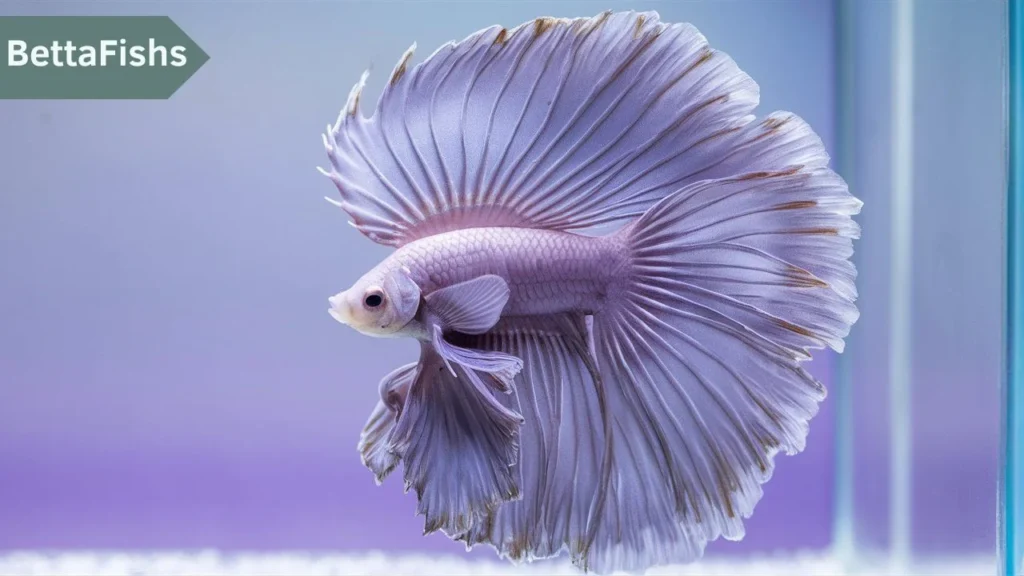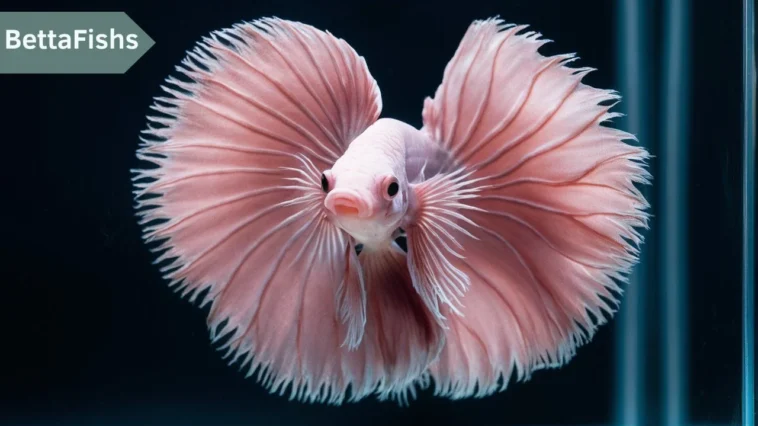Betta fish, often known as Siamese fighting fish, are among the most popular and visually stunning freshwater fish in the aquarium hobby. Their vibrant colors, flowing fins, and unique personalities make them a favorite for both beginner and experienced aquarists.
But did you know there are many different kinds of Betta fish, each with its own unique characteristics? Let’s dive into the fascinating world of Betta fish and explore the various types you might encounter.
History and Origin of Betta Fish
Betta fish originated from the shallow waters of Thailand, Cambodia, and Vietnam, where they are commonly found in rice paddies, ponds, and slow-moving streams. Historically, these fish were bred for their fighting abilities, which led to the development of various Betta species with distinct traits. Over time, Betta keeping evolved from a local pastime into a global phenomenon, with selective breeding focusing more on aesthetic appeal than combat prowess.
General Characteristics of Betta Fish
Betta fish are known for their striking appearance, which includes a variety of tail shapes and vibrant color patterns. Males, in particular, are prized for their long, flowing fins and intense coloration, while females tend to be smaller with shorter fins but still exhibit beautiful colors. Betta fish are also known for their territorial nature, which is why they are often kept alone in tanks.
Different Types of Betta Fish by Tail Types
Veil Tail Betta
The Veil Tail Betta is one of the most common and recognizable types of Betta fish. It features a long, flowing tail that drapes down like a veil, giving it a graceful appearance. This type of Betta is widely available and is often the first choice for beginners due to its hardiness and easy-to-care-for nature.
Crown Tail Betta
Crown Tail Bettas are known for their spiky, fringed fins, which resemble the points of a crown. This unique tail structure is a result of selective breeding and makes the Crown Tail one of the most visually striking Betta types. However, their delicate fins require careful handling and a clean environment to prevent damage and infections.

Halfmoon Betta
The Halfmoon Betta is a favorite among Betta enthusiasts due to its stunning 180-degree tail spread, which forms a perfect half-circle. This type of Betta is often showcased in competitions and is highly sought after for its beauty. While their appearance is breathtaking, Halfmoon Bettas can be more challenging to care for, as their large fins are prone to tearing.
Delta Tail Betta
Delta Tail Bettas have a tail that is less dramatic than the Halfmoon but still forms a triangular shape. The name “Delta” comes from the triangular Greek letter, and these Bettas are known for their elegant and symmetrical fin structure. Delta Tail Bettas are a great choice for those who want a beautiful Betta without the extensive care requirements of the more fin-heavy varieties.
Plakat Betta
The Plakat Betta is a short-finned variety that closely resembles the wild Betta species. With a more streamlined body and less elaborate fins, Plakat Bettas are often more active and hardy than their long-finned counterparts. This type is a great option for those who prefer a more natural look or are interested in breeding Betta fish.
Color Variations in Betta Fish
Solid Colors
Betta fish come in a wide range of solid colors, including red, blue, green, and even black. These monochromatic Bettas are often striking in their simplicity, with vibrant colors that can catch anyone’s eye. The solid-colored Betta is perfect for those who appreciate bold, single-toned fish.
Bi-Color and Multi-Color Betta
Bi-color Bettas have two distinct colors, typically one on the body and another on the fins. Multi-color Bettas, on the other hand, can have a mix of three or more colors, creating a kaleidoscope effect. These Bettas are highly prized for their unique and unpredictable patterns, making each fish truly one-of-a-kind.
Koi Betta
Koi Bettas are named for their resemblance to the popular Koi fish, with a marbled pattern of white, red, and black. These Bettas are a newer addition to the Betta family and are often bred to achieve the distinct Koi coloration. Due to their rarity and beauty, Koi Bettas are highly sought after by collectors.
Marble Betta
Marble Bettas are known for their ever-changing colors. These fish have a unique genetic trait that allows their colors to shift over time, often resulting in a completely different appearance from when they were first purchased. This fascinating characteristic makes Marble Bettas a popular choice for those who enjoy watching their fish transform.
Specialty Betta Fish Types
Double Tail Betta
The Double Tail Betta is distinguished by its split tail, which creates the appearance of two separate tails. This genetic mutation can also affect the body shape, making Double Tail Bettas slightly stockier than other types. While visually stunning, Double Tail Bettas can be more prone to health issues, so they require careful attention to water quality and overall care.
Elephant Ear Betta
Also known as Dumbo Bettas, Elephant Ear Bettas are characterized by their oversized pectoral fins, which resemble elephant ears. These fins give the fish a unique and somewhat whimsical appearance, making them a favorite among Betta enthusiasts. Their large fins, however, can sometimes hinder their swimming ability, so it’s important to provide them with a tank environment that is easy to navigate.

Betta Fish Care and Maintenance
Taking care of Betta fish involves more than just placing them in a bowl and feeding them. To keep your Betta healthy and vibrant, it’s important to create an ideal tank environment. Betta fish prefer warm, clean water with a temperature range of 76-82°F (24-28°C). They also need a tank that is at least 5 gallons in size, with plenty of hiding spots and gentle filtration.
It’s essential for your Betta’s health to feed them a balanced diet.. Betta-specific pellets or flakes, supplemented with occasional treats like bloodworms or brine shrimp, will keep them in top condition. It’s also important to monitor your Betta for common health issues such as fin rot, ich, and swim bladder disease, all of which can be prevented with proper care and a clean tank environment.
Conclusion
Betta fish are a diverse and fascinating species, with a variety of tail types, color patterns, and unique characteristics. Whether you’re drawn to the elegance of a Halfmoon Betta, the bold colors of a Koi Betta, or the charm of a Plakat, there’s a Betta fish out there for everyone. By understanding the different kinds of Betta fish and their care requirements, you can choose the perfect Betta to add to your aquarium.
FAQs
What is the rarest type of Betta fish?
The rarest type of Betta fish is often considered to be the Dragon Scale Betta, which has a unique metallic sheen and thick scales that resemble a dragon’s armor.
Can different types of Betta fish live together?
Generally, it is not recommended to keep different types of Betta fish together, as they are territorial and can become aggressive toward each other, especially males.
How long do Betta fish live?
Betta fish typically live for 2-4 years, but with proper care, they can live up to 5 years or more.
What are the most popular Betta colors?
Some of the most popular Betta colors include blue, red, and turquoise, but there are many other beautiful colors available.
How can I tell if my Betta is happy?
A happy Betta will be active, have vibrant colors, and display its fins proudly. It will also be curious about its surroundings and interact with you when you approach the tank.





One Comment
Leave a ReplyOne Ping
Pingback:Different breeds of Betta fish